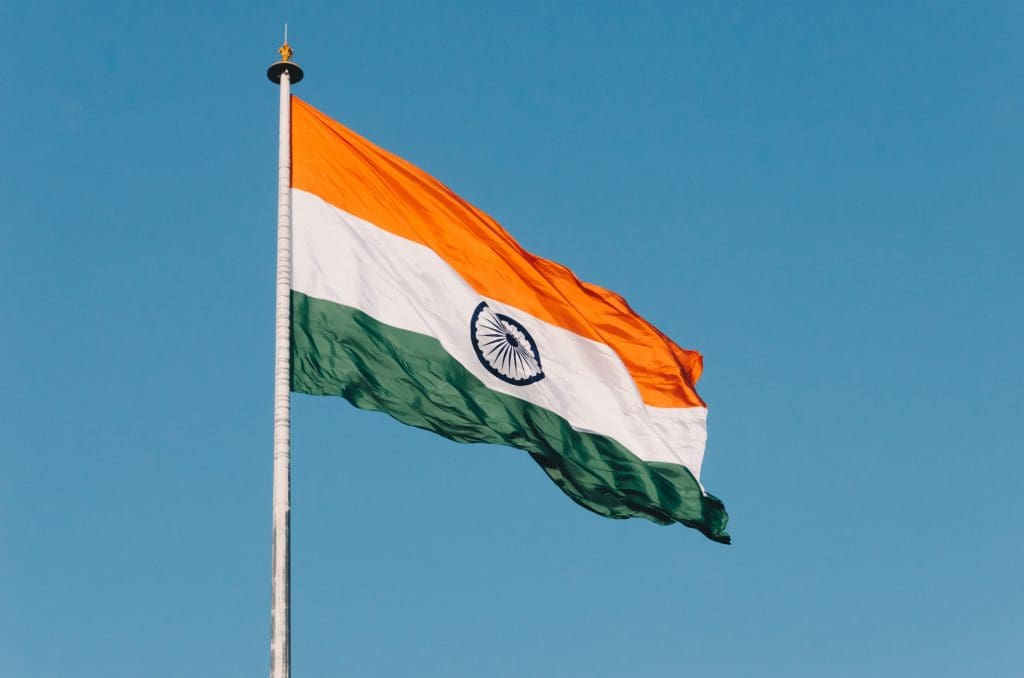
A naïve daily-wage earner from my native village in Karimganj, Assam bought three flags, instead of one, for Rs 60 from the local ration dealer. When asked why he did so, he replied that he has three ration cards in his family, and is worried if the government cancels two of them if he buys just one.
Even though social media, TV channels, buildings, streets, offices and shops are flooded with tricolours, the flip side of the story is hardly visible. Is this really the right way to celebrate the 75th anniversary of our hard-earned freedom? Is this how our founding parents (‘fathers’ is too sexist) dreamt of this day being celebrated? Do all Indians celebrate it from their hearts? Or are they forced to shell out Rs 20 from their dwindling wages to buy a flag? Are they scared of the repercussions from the government and the rowdy foot soldiers of the ruling party if they fail to hoist a flag in their houses? And how about those who don’t even have a house or it has been bulldozed?
Indeed, there are hundreds of reasons to be proud of what we’ve achieved as a nation in the last 75 years. Whereas Britishers left us with a mere 2.7 lakh crore rupees, which accounts for just 3% of the world’s total GDP, our real GDP today is 147.79 lakh crore, which accounted for 7.74% of global GDP. We leapfrogged France in 2017 to become the fifth largest economy in the world, only behind only the USA, China, Japan, and Germany. From a 12% literacy rate in 1947, almost 80% not only made India our population are now literate. Although famines were a common phenomenon in colonized India, thanks to the Green Revolution of the 1970s-80s, India is not only a food self-sufficient country but also one of the top five producers of cereals, grains, pulses and milk. In 1947, the average life expectancy of average Indians was around 32 years. In 2022, it has reached over 70 years. The infant mortality rate then was 145.6 deaths per 1000 live births, which came down to 27.6 in 2022.
In 1947, the country had only 20 universities and 496 colleges, whereas today we have more than 1000 private and public universities. In 2014, India was declared polio-free, and no new case of polio has been reported since January 2011.
Despite having many challenges on the ground, in the past seven and a half decades, India has built satellites and sent probes to the Moon and Mars, established nuclear power stations, acquired nuclear weapon capability and demonstrated firepower in the form of a range of missiles. More importantly, India has remained a thriving functional democracy, unlike its neighbours and many African nations who got independence in the 1950s and 1960s but couldn’t stop themselves from becoming autocracies or military states. Although not perfect, this largely over-populated nation has so far upheld the “idea of India” and has safeguarded the tenets of our constitution: secularism, freedom of expression, universal adult suffrage, etc.
However, the ugly realities of today’s Indian existence are too glaring to be camouflaged by these accomplishments. Hundreds of thousands of Indians renounce their Indian nationality every year to settle in North America and Europe in pursuit of better livelihoods, living conditions and educational opportunities.
Only in 2021, a total of 1,63,370 Indians renounced their citizenship. Those who are unable to leave, have to survive with destitution, unemployment, poor healthcare and corruption. Despite being a food self-sufficient country, it ranks 101st in the 2021 Global Hunger Index out of 116 countries, largely because of poor food distribution network. Bloomberg reported that India recruited just 0.3% of the candidates who applied for government jobs in the last eight years, which shows how the unemployment crisis is plaguing the country’s economy. The gulf between the rich and the poor can be fathomed by the fact that 90% of Indians earn less than Rs 25,000 per month, whereas 73% of the wealth generated in 2017 went to the richest 1 per cent. On the one hand, thousands of patients from Africa, the Middle East and neighbouring countries come to India for advanced medical care, and on the other hand, its own citizens are deprived of basic medical needs. The two massive waves of Covid19 had laid bare India’s fragile healthcare when according to WHO estimates, 4.7 million Indians lost their lives due to the pandemic-related ailments.
Over the last few years, India has been making global headlines for all the wrong reasons: violence and intolerance against Muslim minorities, oppressive legislations that undermine civil rights and press freedom and misuse of institutions to intimidate political opponents, to name only a few. The 75th anniversary of our independence is surely a great occasion to celebrate, assert our patriotism, and feel proud of what has been achieved so far. But more importantly, it is the time to introspect, to course-correct, to ‘redeem our pledge’.
We need to improve on our scorecard on communal harmony, casteism, corruption, education, healthcare, nutrition, and government accountabilities. Our love for all our countrymen and countrywomen should not be less intense than for the country. Let every citizen hoist the national flag in his or her house out of a free will, not because of the fear of any repercussions. Else, we are not a free nation yet.
Murshed H Choudhury is a faculty of education in University of Manitoba, Canada



